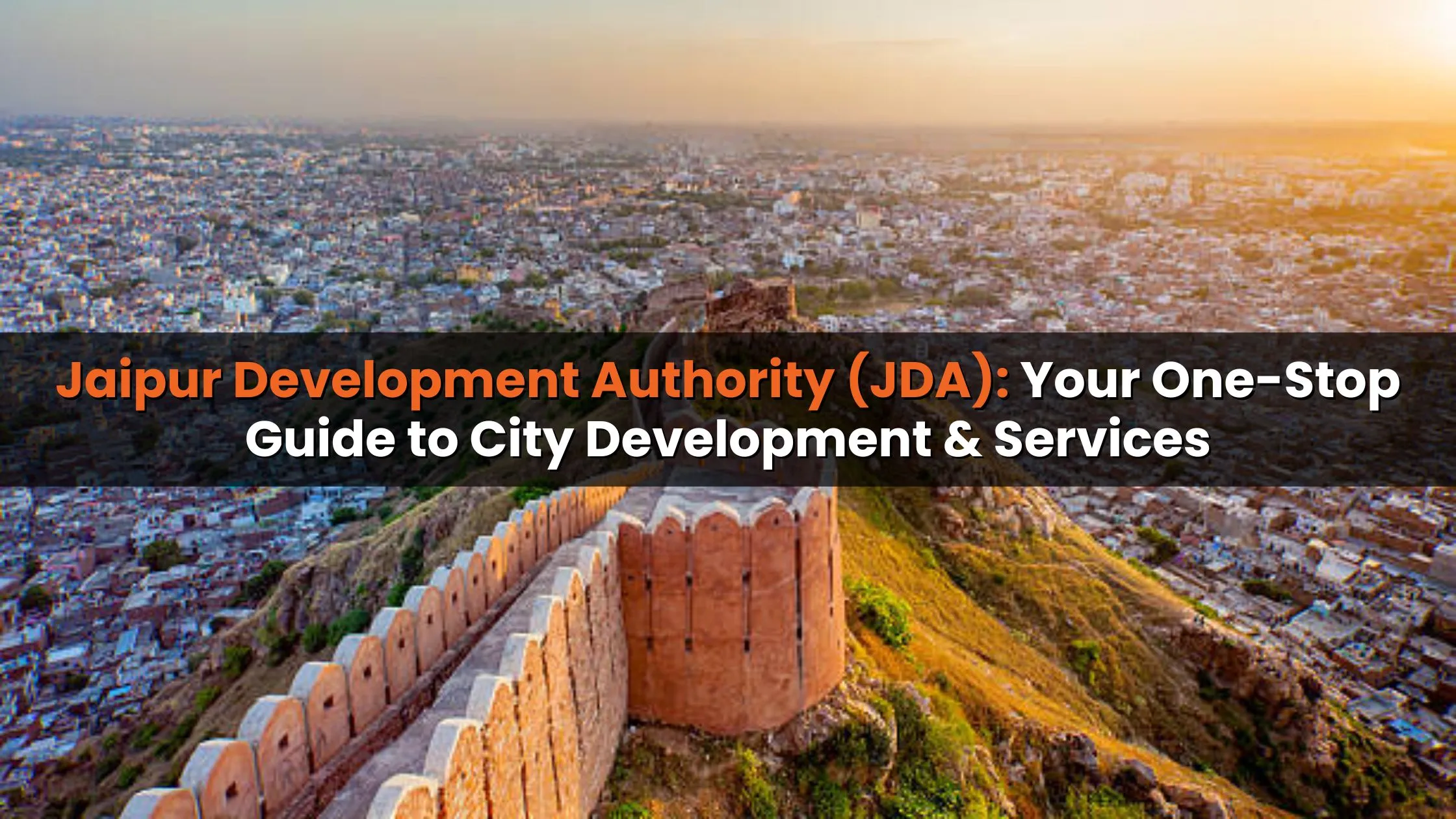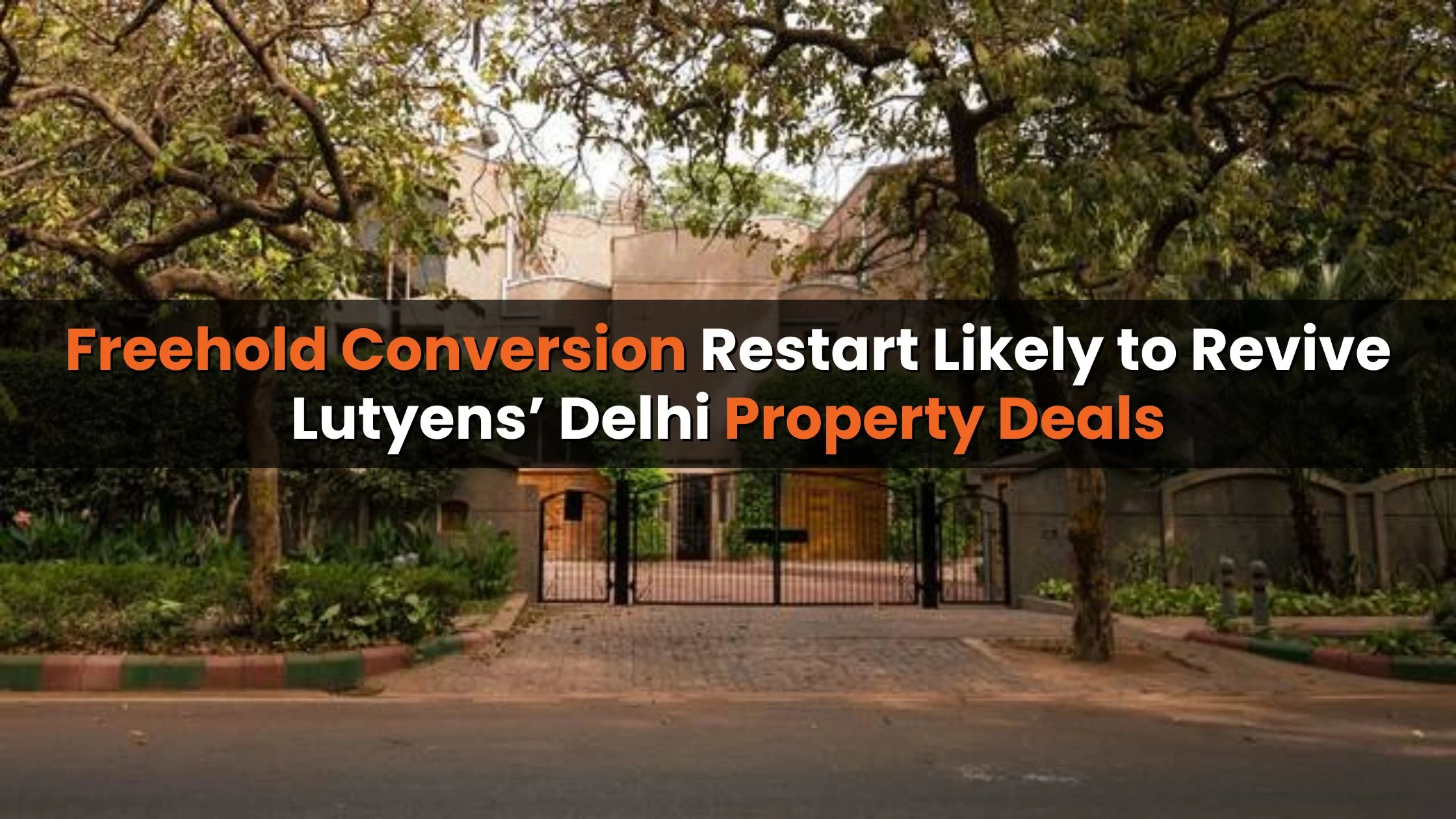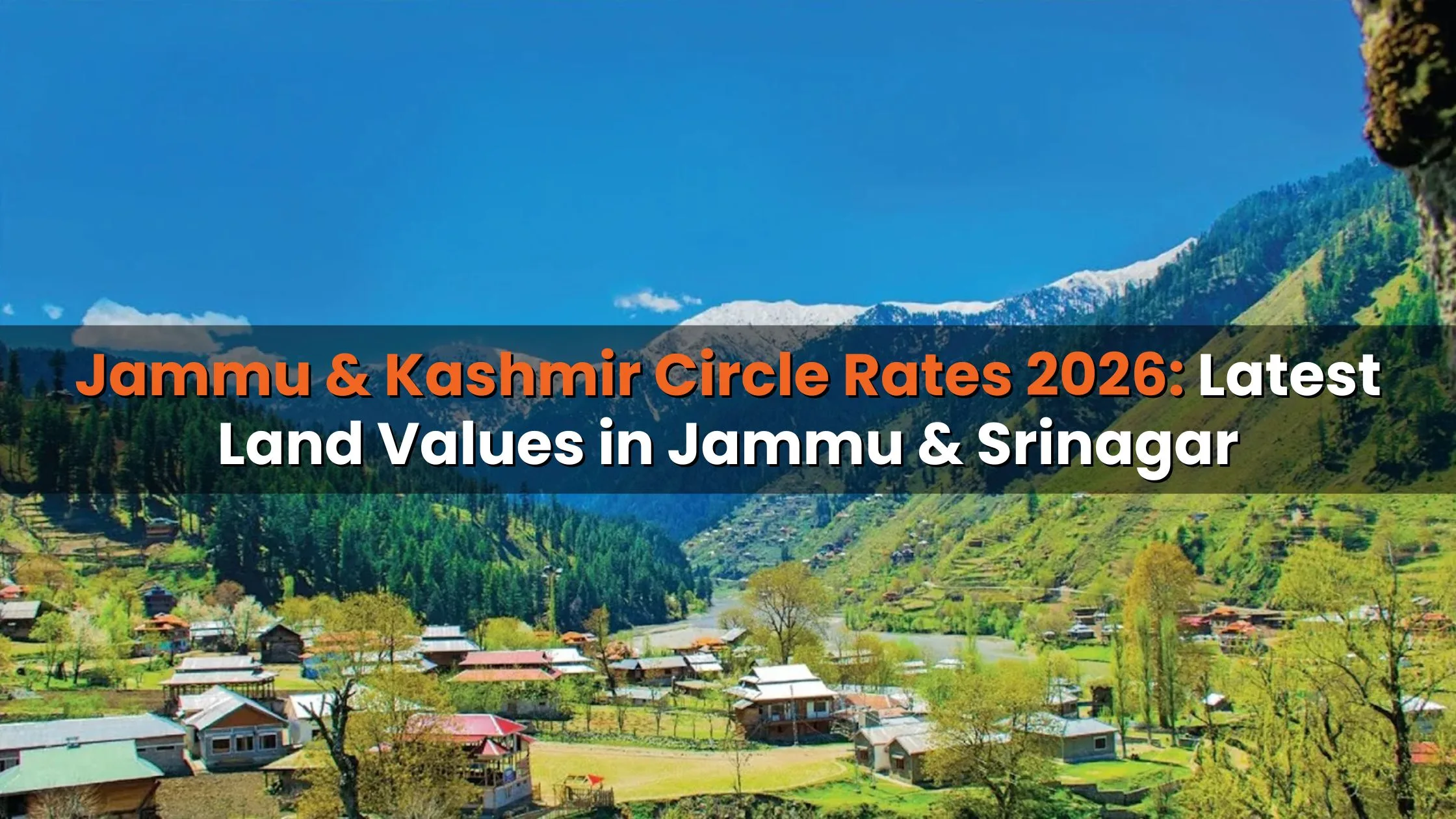Table of Content
- Table of Contents
- 1. What is Affordable Housing?
- 2. Key Factors Driving Popularity of Affordable Housing
- 3. Government Policies Supporting Affordable Housing
- 4. Benefits of Affordable Housing Projects
- 5. Challenges in Developing Affordable Housing
- 6. Case Studies: Successful Affordable Housing Projects in India
- 7. Comparison of Affordable Housing Costs Across Metro Cities
- 8. Environmental Impact of Affordable Housing Projects
- 9. Future of Affordable Housing in Metro Cities
- Conclusion
Metro cities in India, like Mumbai, Delhi, Bengaluru, Kolkata, and Chennai, are hubs of economic activities, offering immense career opportunities and better living standards. However, rapid urbanization has led to skyrocketing real estate prices, making housing unaffordable for many. In this scenario, affordable housing projects have emerged as a viable solution to address the growing demand for reasonably priced homes. These projects are designed to cater to the housing needs of low- and middle-income groups in urban areas.
This article explores why affordable housing is gaining traction in metro cities, the benefits it offers, the challenges it faces, and its long-term implications for urban development.
Table of Contents
- What is Affordable Housing?
- Key Factors Driving Popularity of Affordable Housing
- Government Policies Supporting Affordable Housing
- Benefits of Affordable Housing Projects
- Challenges in Developing Affordable Housing
- Case Studies: Successful Affordable Housing Projects in India
- Comparison of Affordable Housing Costs Across Metro Cities
- Environmental Impact of Affordable Housing Projects
- Future of Affordable Housing in Metro Cities
- FAQs
1. What is Affordable Housing?
Affordable housing refers to residential units designed to be financially accessible to individuals or families earning a moderate income. In India, the government's definition includes housing priced up to ₹45 lakh in metro cities, with unit sizes not exceeding 60 square meters for flats.
Key Features of Affordable Housing:
- Cost-effective construction materials.
- Located in urban fringes with good connectivity.
- Designed for efficient space utilization.
2. Key Factors Driving Popularity of Affordable Housing
2.1. Rapid Urbanization
Metro cities are experiencing a massive influx of people from rural and semi-urban areas. This migration creates a significant demand for housing options that are both affordable and conveniently located.
2.2. Rising Real Estate Prices
The high cost of land and construction in metro cities makes conventional housing unaffordable for middle-income groups, pushing them toward affordable housing projects.
2.3. Government Initiatives
Policies such as Pradhan Mantri Awas Yojana (PMAY) have incentivized developers to focus on affordable housing, increasing its availability in cities.
2.4. Millennial Preferences
Younger generations prioritize affordability and accessibility over luxury, further driving demand for such projects.
3. Government Policies Supporting Affordable Housing
|
Policy |
Description |
|
Pradhan Mantri Awas Yojana (PMAY) |
Aims to provide "Housing for All" by 2024 with subsidies for low- and middle-income buyers. |
|
Credit-Linked Subsidy Scheme |
Offers interest subsidies on home loans for eligible buyers under PMAY. |
|
GST Reforms |
Reduced GST rates for affordable housing projects from 8% to 1%. |
|
Real Estate Regulatory Authority (RERA) |
Ensures transparency and accountability in affordable housing projects. |
4. Benefits of Affordable Housing Projects
4.1. Economic Benefits
- Increased Homeownership: Provides an opportunity for low-income groups to own homes.
- Job Creation: Boosts employment in the construction sector.
- Urban Development: Encourages balanced development in city outskirts.
4.2. Social Benefits
- Improved Living Standards: Access to safe and clean housing improves quality of life.
- Community Building: Promotes social harmony in urban areas.
4.3. Environmental Benefits
- Use of eco-friendly construction materials in some projects.
- Better urban planning reduces urban sprawl and its associated environmental costs.
Also Read: Challenges and Solutions of Affordable Housing in India
5. Challenges in Developing Affordable Housing
|
Challenge |
Details |
|
High Land Costs |
Scarcity of affordable land in metro cities limits project feasibility. |
|
Infrastructure Deficits |
Peripheral areas often lack basic amenities like water, roads, and electricity. |
|
Regulatory Delays |
Lengthy approval processes increase project timelines and costs. |
|
Financing Issues |
Developers face challenges in securing funding for affordable housing projects. |
|
Buyer Awareness |
Many potential buyers are unaware of government subsidies and schemes. |
6. Case Studies: Successful Affordable Housing Projects in India
6.1. Tata Value Homes (Bengaluru)
- Features: 1BHK and 2BHK apartments starting at ₹20 lakh.
- Impact: Affordable pricing combined with excellent connectivity.
6.2. Lodha Palava City (Mumbai Suburbs)
- Features: Affordable housing with modern amenities.
- Impact: A self-sufficient township attracting middle-income families.
6.3. Provident Sunworth (Bengaluru)
- Features: Eco-friendly affordable housing units.
- Impact: Encouraged green living practices among residents.
7. Comparison of Affordable Housing Costs Across Metro Cities
|
City |
Average Price per Sq. Ft. |
Typical Unit Price (₹) |
|
Mumbai |
₹4,500 - ₹7,500 |
₹30 lakh - ₹45 lakh |
|
Delhi-NCR |
₹3,000 - ₹5,500 |
₹25 lakh - ₹40 lakh |
|
Bengaluru |
₹3,500 - ₹6,000 |
₹20 lakh - ₹40 lakh |
|
Chennai |
₹3,000 - ₹5,000 |
₹20 lakh - ₹35 lakh |
|
Kolkata |
₹2,500 - ₹4,500 |
₹15 lakh - ₹30 lakh |
8. Environmental Impact of Affordable Housing Projects
|
Aspect |
Positive Impact |
Negative Impact |
|
Land Use |
Efficient utilization of urban land. |
Peripheral projects may lead to urban sprawl. |
|
Energy Use |
Many projects use energy-efficient designs. |
Lack of green certification in some projects. |
|
Waste Management |
Promotes recycling during construction. |
Challenges in managing post-occupancy waste. |
9. Future of Affordable Housing in Metro Cities
The future of affordable housing is promising due to continued government support, innovative construction technologies, and a growing focus on sustainable development. Key trends include:
- Prefab and Modular Construction: Reducing costs and time.
- Green Housing: Incorporating eco-friendly designs.
- Smart Housing Solutions: Integrating technology for better living standards.
Conclusion
Affordable housing projects are transforming urban living by making homeownership accessible to low- and middle-income groups in metro cities. With government support, innovative construction methods, and rising awareness, these projects address the challenges of urbanization and high real estate prices. Despite hurdles like land costs and infrastructure gaps, affordable housing paves the way for balanced urban growth and improved living standards. It is not just a solution to housing shortages but a vital step toward achieving the vision of "Housing for All," fostering both social and economic progress in India’s metropolitan regions.
Also Read: Mukhyamantri Awas Yojana UP: Your Guide to Affordable Housing in Uttar Pradesh

_1732168818.webp)










Ans 1. Affordable housing refers to residential units priced up to ₹45 lakh with a maximum carpet area of 60 square meters in metro cities.
Ans 2. Factors such as rising real estate prices, urbanization, government schemes like PMAY, and millennials’ preference for cost-effective homes drive its popularity.
Ans 3. Affordable housing promotes homeownership, improves living standards, generates employment, and fosters balanced urban development
Ans 4. Key challenges include high land costs, regulatory delays, infrastructure deficits in urban fringes, and limited buyer awareness of government subsidies.
Ans 5. PMAY provides interest subsidies on home loans for eligible buyers, reducing the financial burden and making homeownership more accessible.